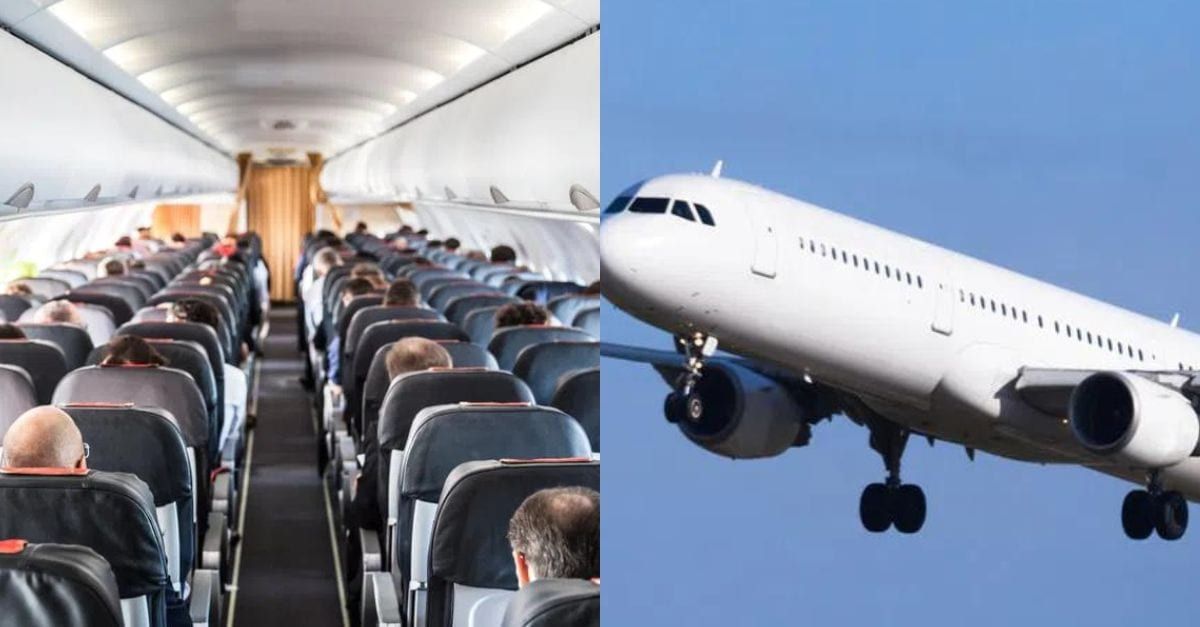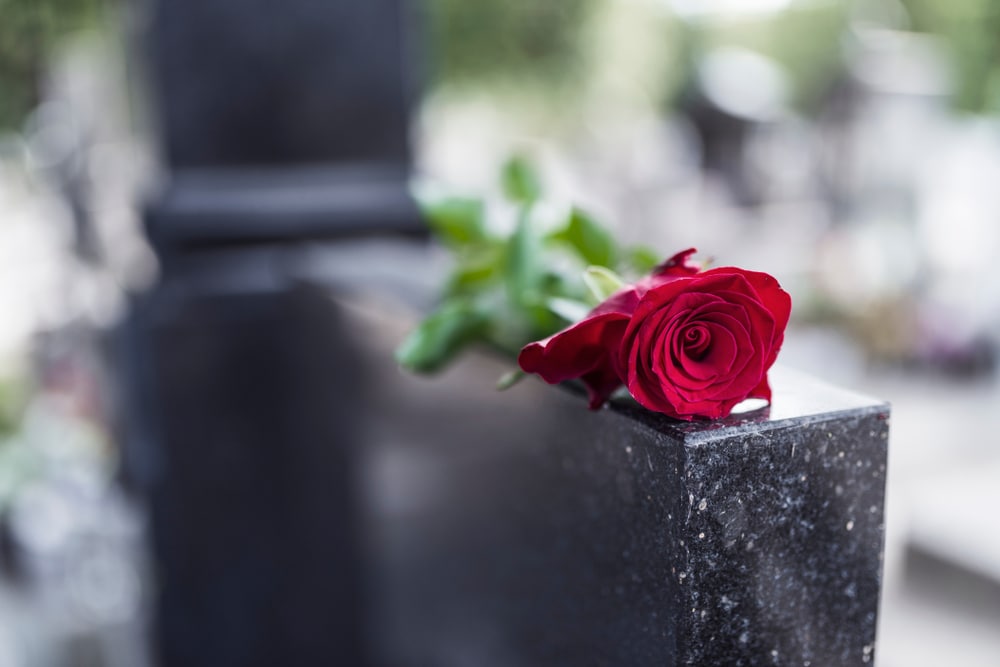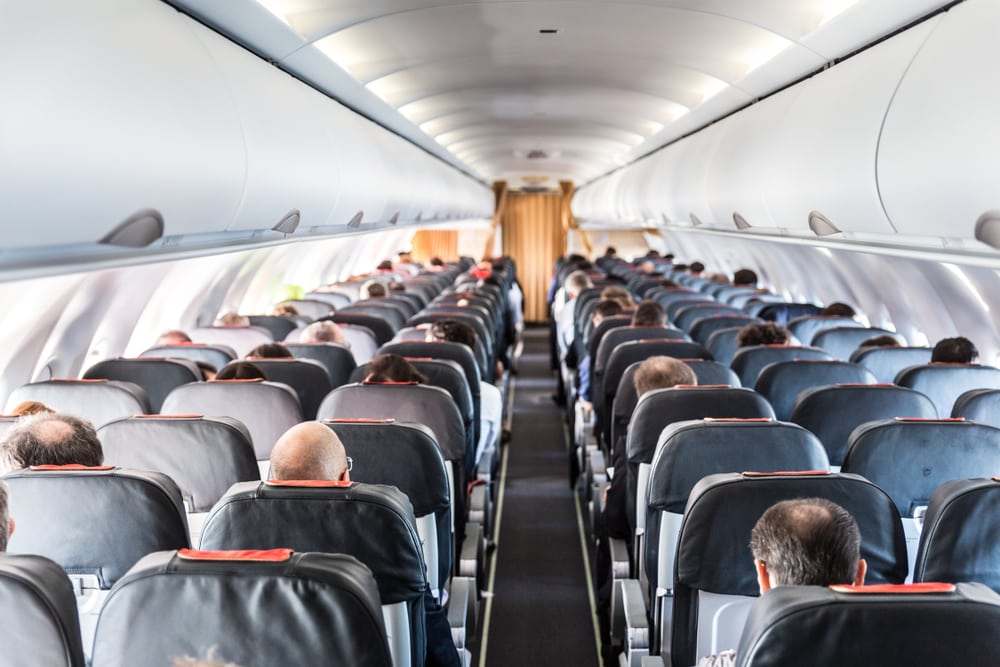After a fatal plane crash in Nepal on Sunday, horrifying footage has been released.
Warning: Some readers may find the following story distressing.
The majority of us will have taken a plane once in our lifetime.
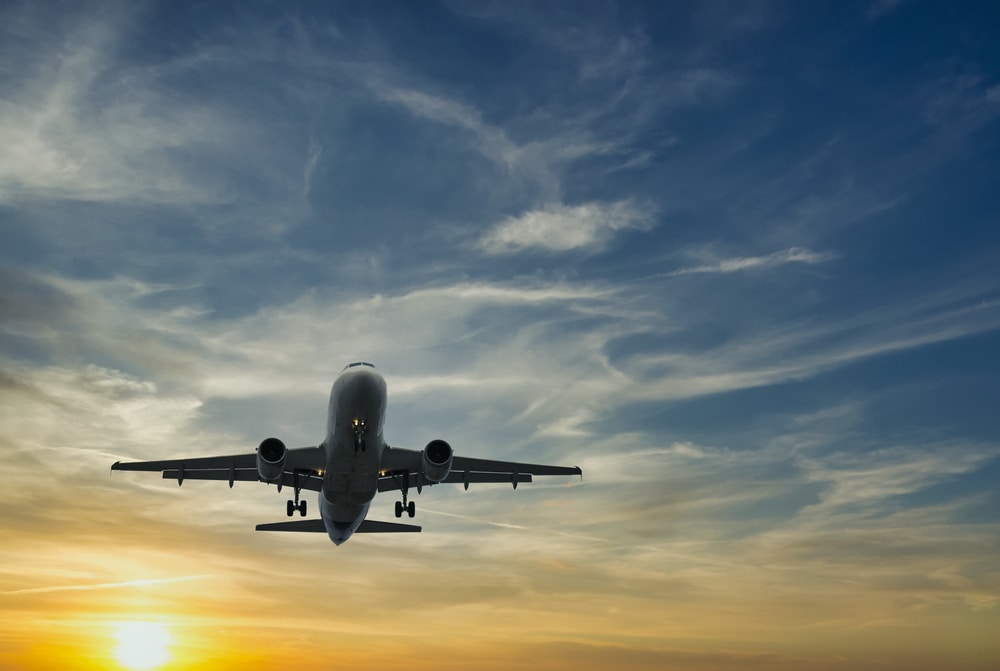
And if you’ve ever been on a flight, you’ll be aware of the cabin crew’s routine before takeoff.
The one where they tell you the exits, and how to fasten your seatbelt.
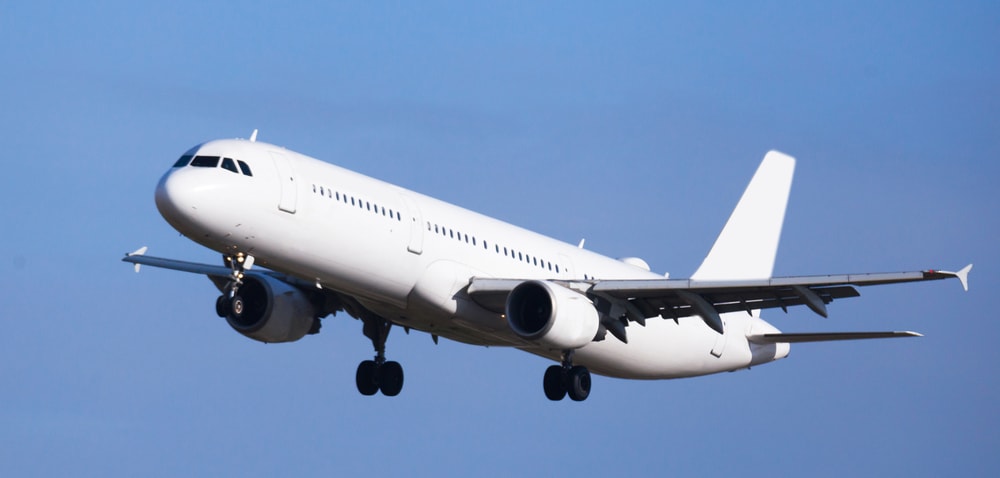
Well, you might also remember that there’s a guide for passengers tucked into the seat in front, telling you exactly what to do in the event of an emergency.
In addition to showing you how to put on your oxygen masks, there’s also another important part.
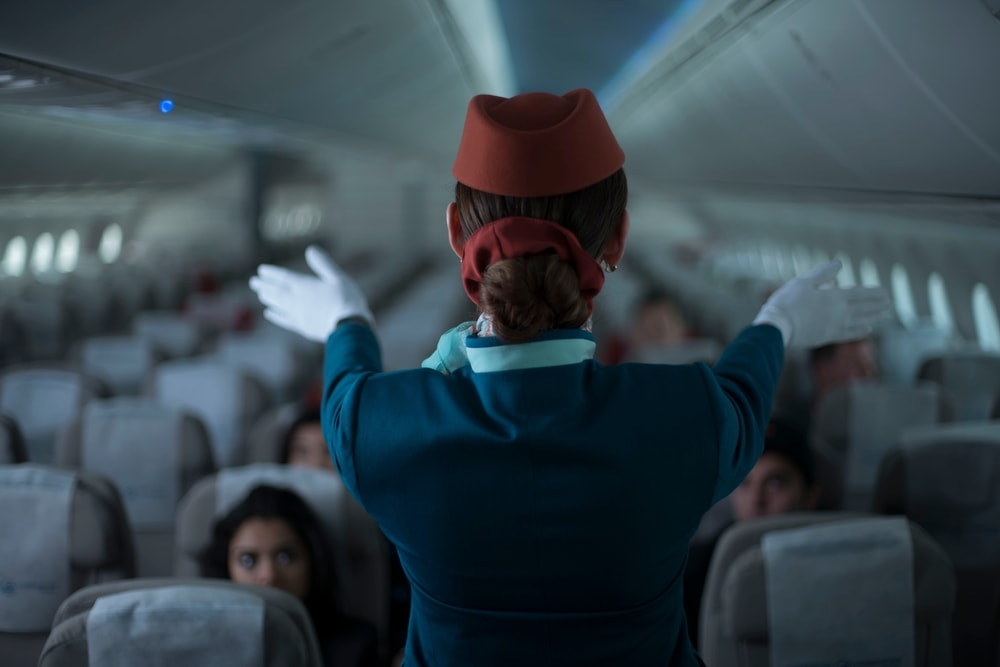
And that’s a diagram showing you how to do the brace position in the unlikely case of a crash.
But why was the brace position created, and who came up with it?
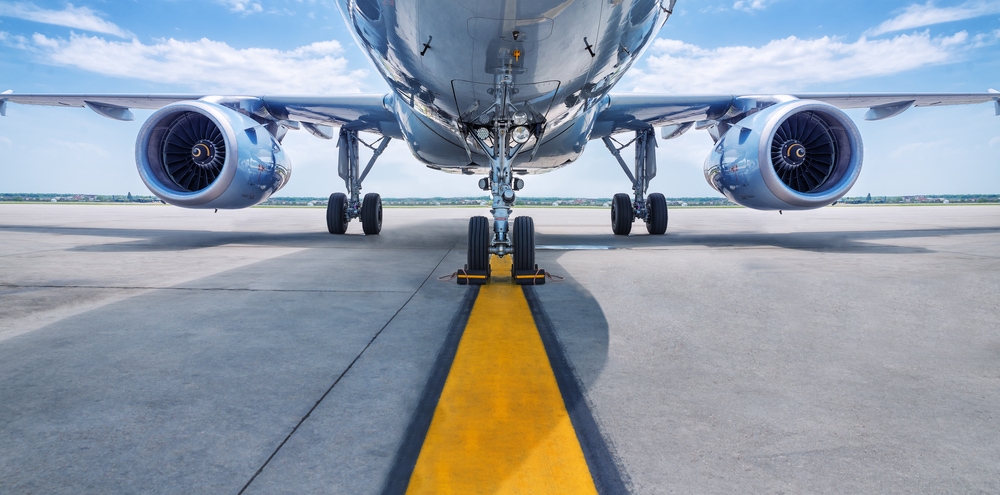
Well, the “world’s most experienced pilot” has shared the secrets behind it all.
The position is supposedly meant to prepare your body for impact, helping to shield the most important areas.
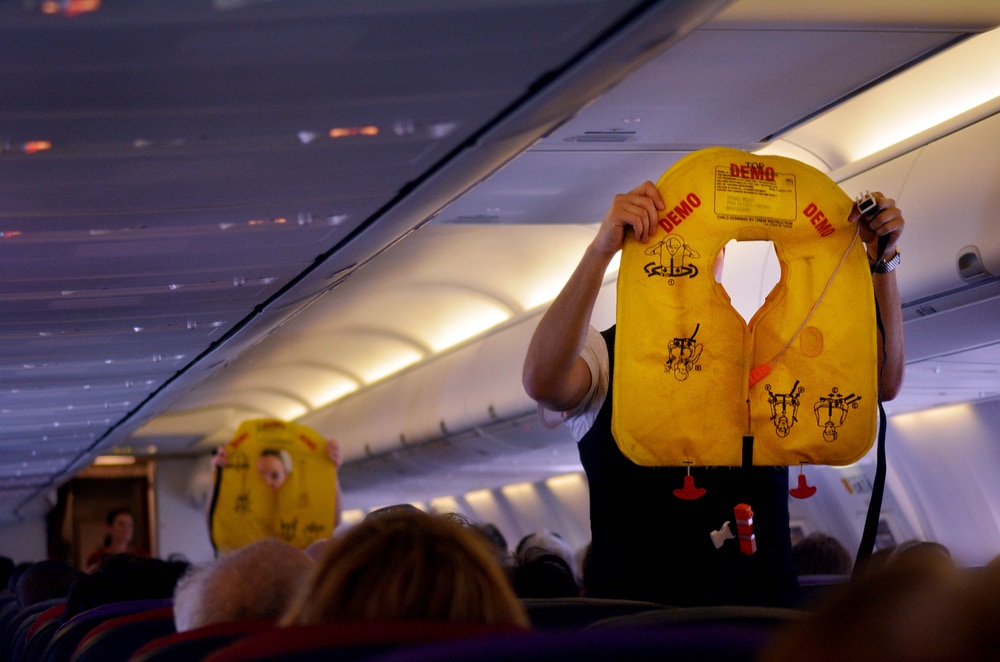
And is achieved by bending over and putting your hands over your head.
However, there have been some rumors suggesting it’s designed to kill immediately on impact.
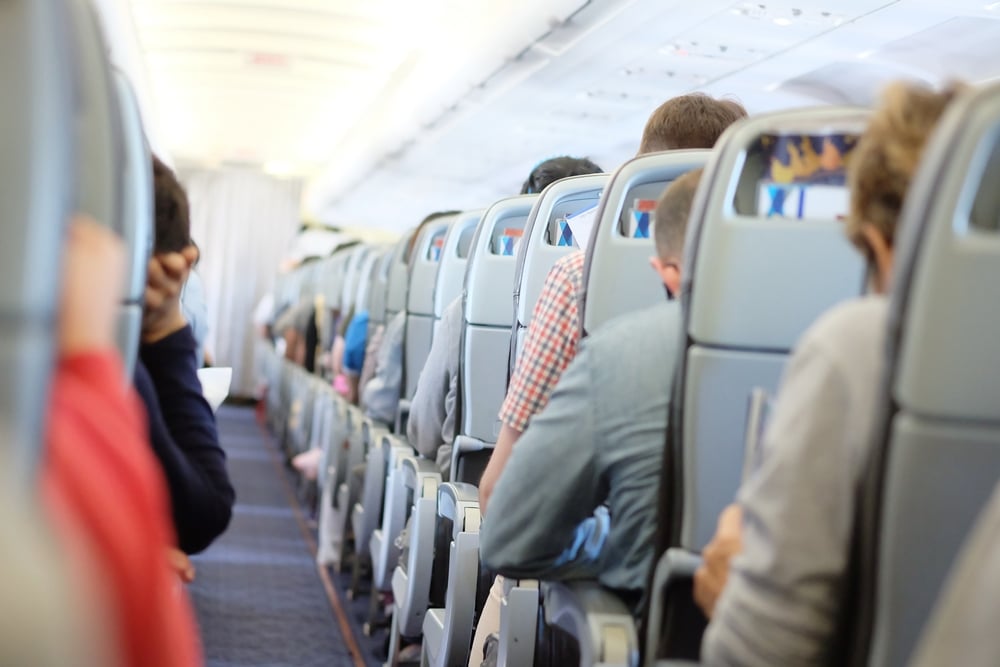
Despite this theory, the pilot in question has denied that, sharing that the first is the true reason why.
Nick Eades, the world’s most experienced Boeing 747 pilot recently revealed to LADbible: “What you’re trying to do is to stop people breaking their necks in a big impact.”

He continued: “You’re just trying to get the body into a position that’s going to suffer the least damage. It’s like whiplash – you’re trying to avoid that sudden movement of the head, which can result in serious injury, if not death.”
And in his forty-year career as a pilot, he’s had to tell passengers to brace more than a couple of times.
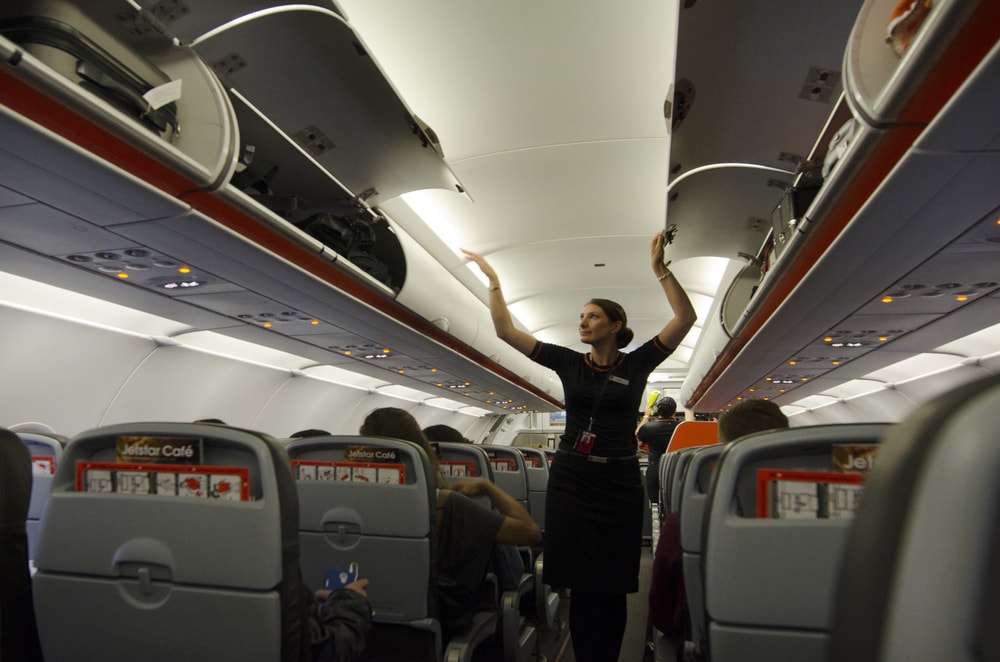
Eades said: “I’ve had a couple where we had problems with the landing gear, and the cabin crew shouts to all the passengers, ‘Brace, brace!'”
“Now, if you think about it, I would say at least half – probably three-quarters – of passengers on the airplane don’t speak English as a first language. And if you think about it, what does ‘brace’ mean?”
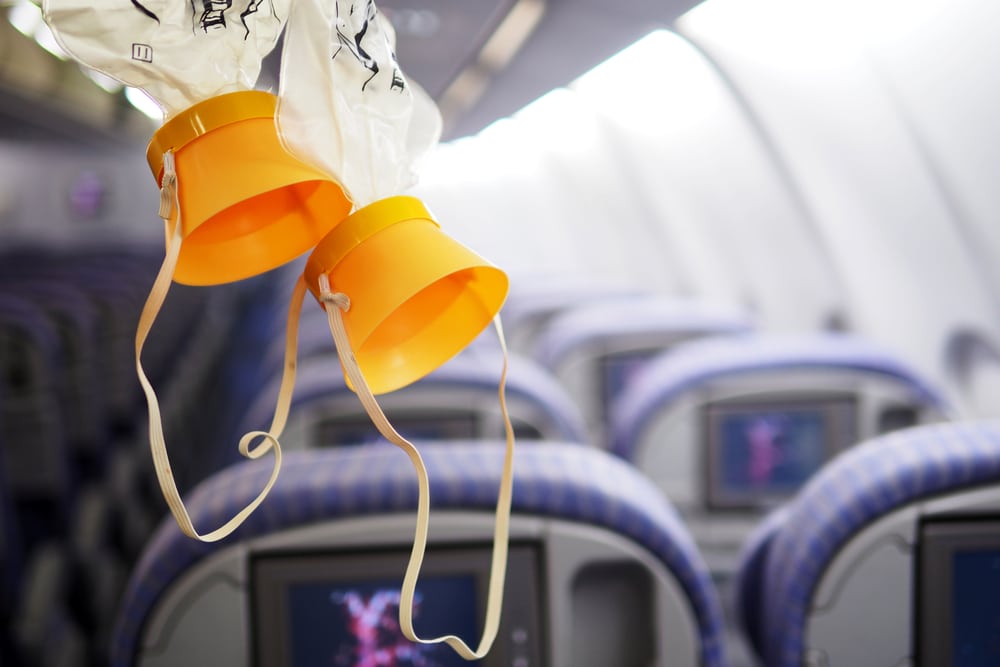
He explained: “It took a long time for the aviation world to realize if you’re suddenly thrown into an emergency situation and people start shouting ‘brace’ at you, you might think, ‘What the hell do they mean?'”
After reviewing the old way of doing things, Eades shared crew are now being told to give new instructions in the event of an emergency. “The brace position is going to become redundant, so cabin crew won’t shout ‘brace’ at you anymore.”
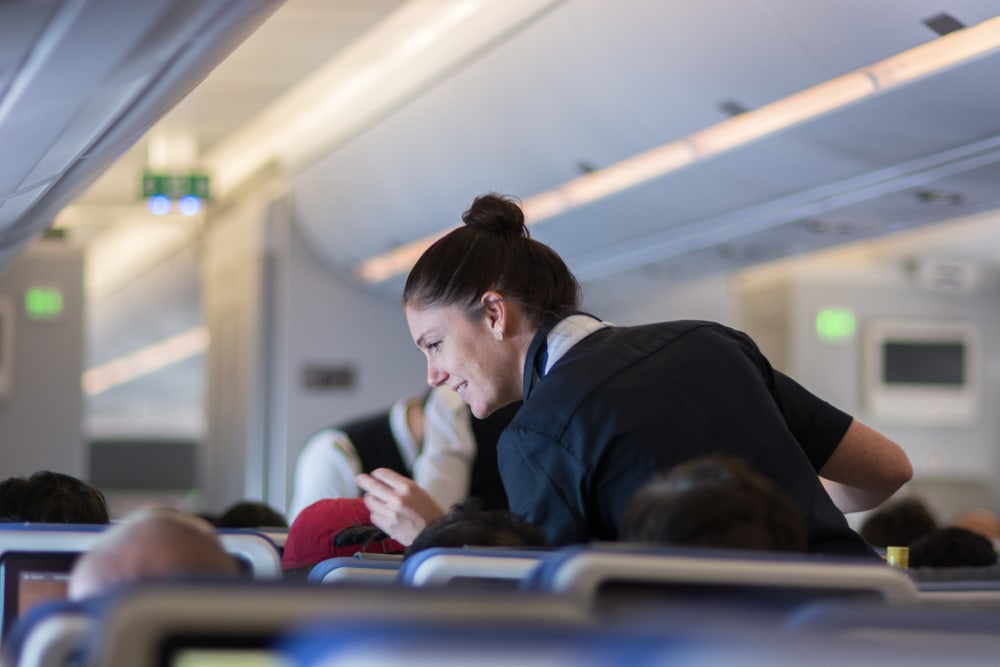
“They’ll say, ‘Head down, hands over your head. Head down, hands over your head.’ At least that gives somebody in probably the most stressful position they’ll ever be in in their lives something to do.”
Eades also shared some other fascinating information…
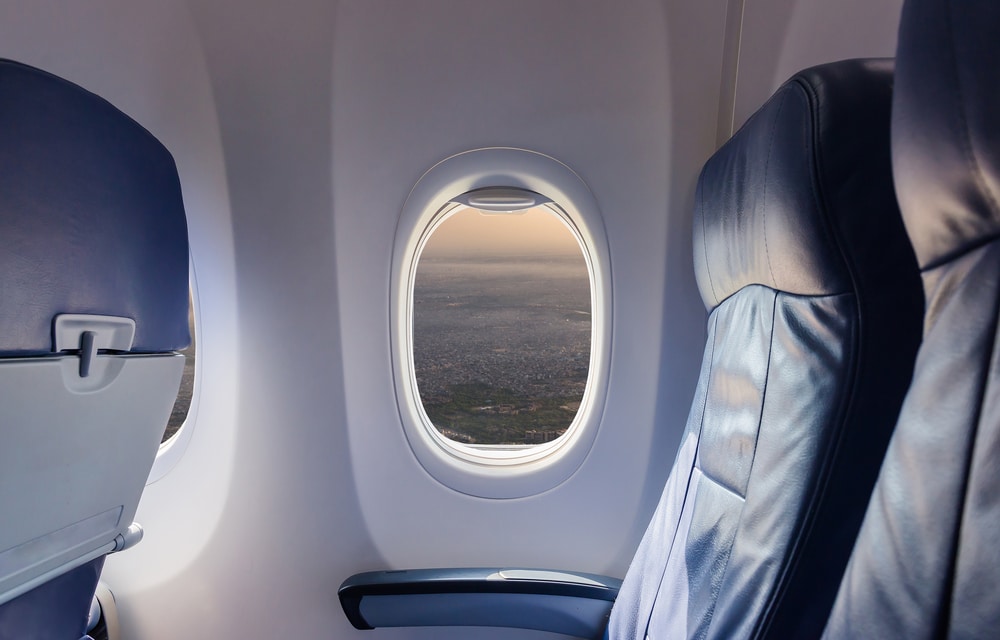
He gave some inside info on why they dim the lights and why passengers are told to open the blinds before landing.
The pilot said: “In Rhodesia in the 70s, they had a war and there was a viscount – which is a four-engine propeller airplane – coming into land.”
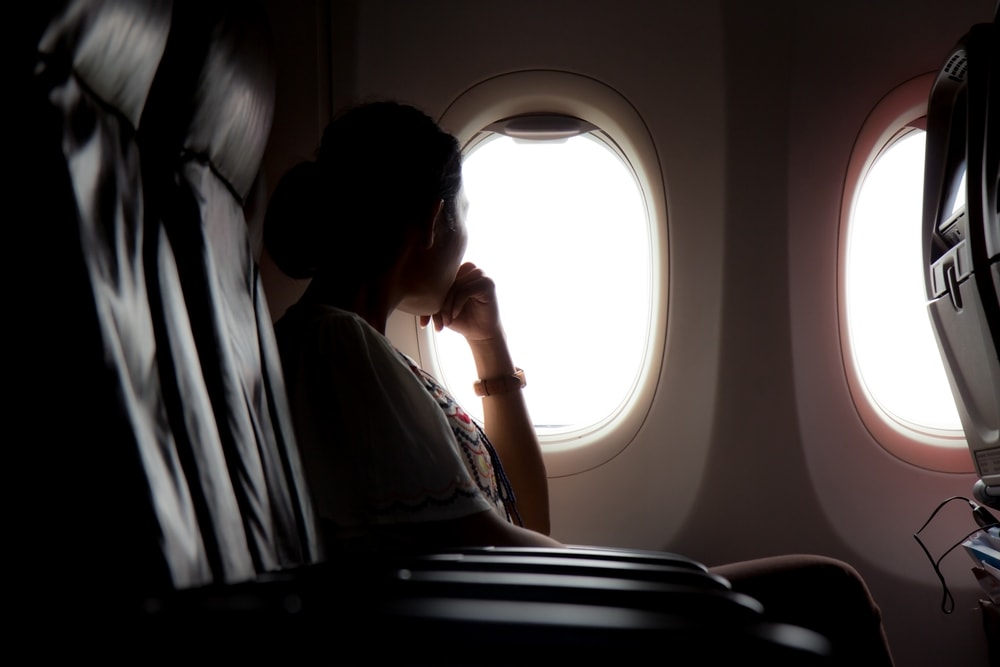
“But all the blinds were up and that gave the terrorists – the guerillas in the jungle – something to shoot at. What these guys were doing was they were waiting for the airplane to come in and the lights were all on. They could actually see something and they shot two of the viscounts down, with a loss of life.”
The other reason is it also helps passengers in an emergency, or if there’s a failed landing.
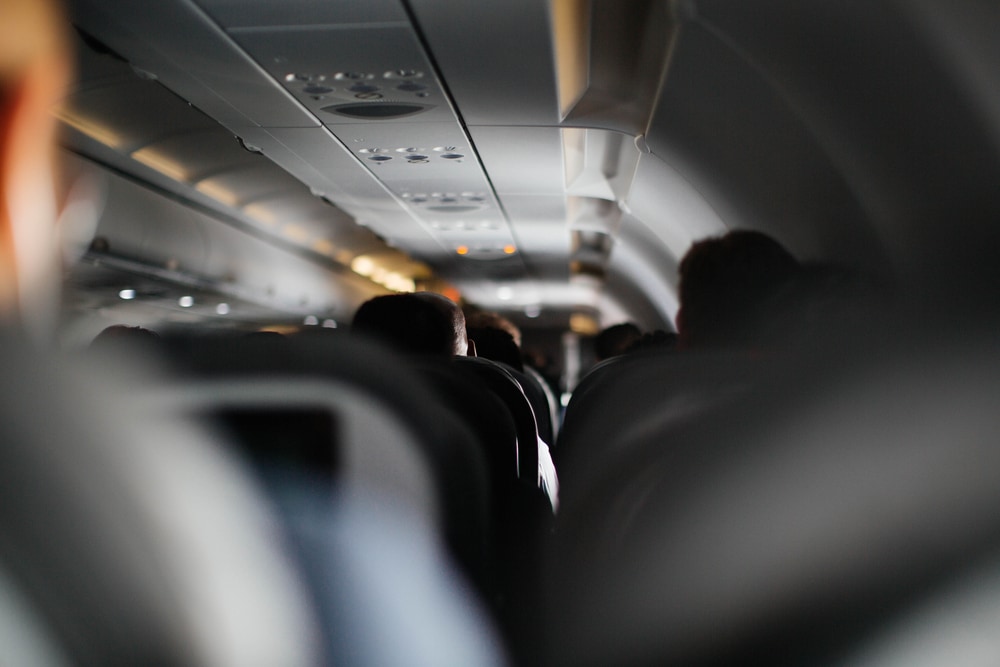
Eades continued: “Let’s say you’re landing at night. If the blinds were all down and the lights were up, if suddenly everything became dark, it takes the human eye quite a long time to react to the change in light.
He continued: “So what we do now is we dim the airplane for landing at night, and we lift the blinds up so people can see out, and also so their eyes are adjusted to the light.”
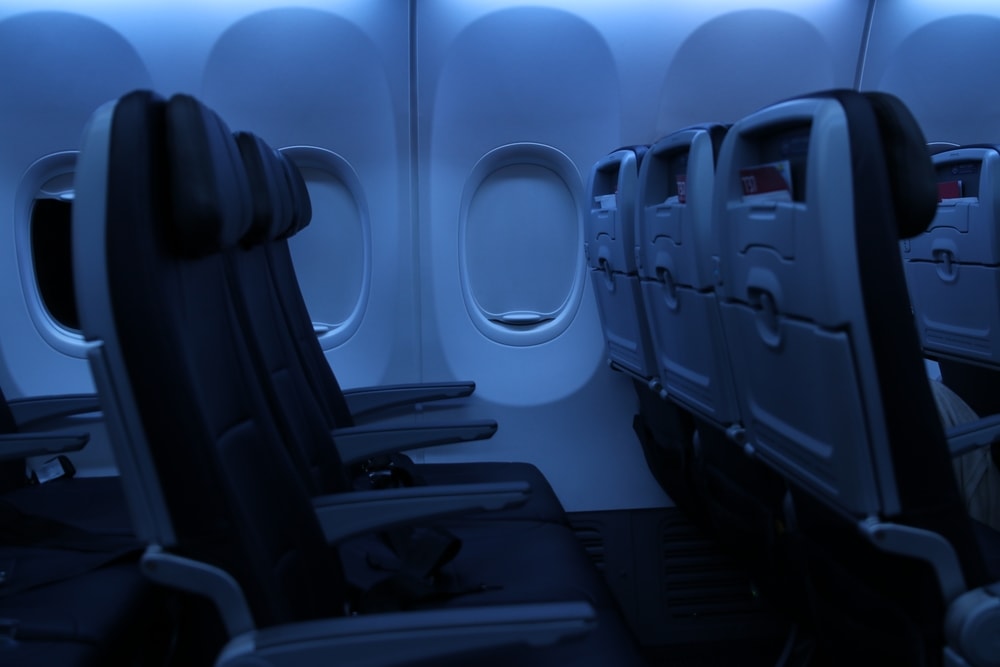
He added: “A part of the eye opens and closes, and it takes a while to do that and to adjust to the light, so it’s just adjusting people to the environment, just in case there is a problem. You’ll have a far greater chance of being able to see what’s going on and getting out.”
However, there are certain plane crashes that will always be fatal.
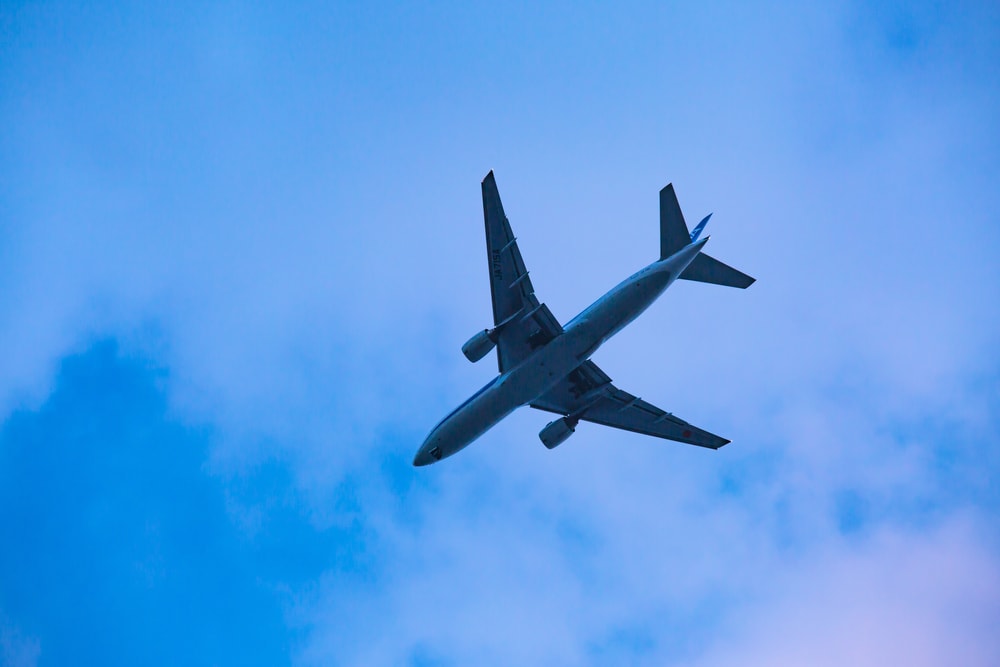
And one such horrific incident has gone viral this weekend.
Not least because the final moments of the shocking event were captured on video.
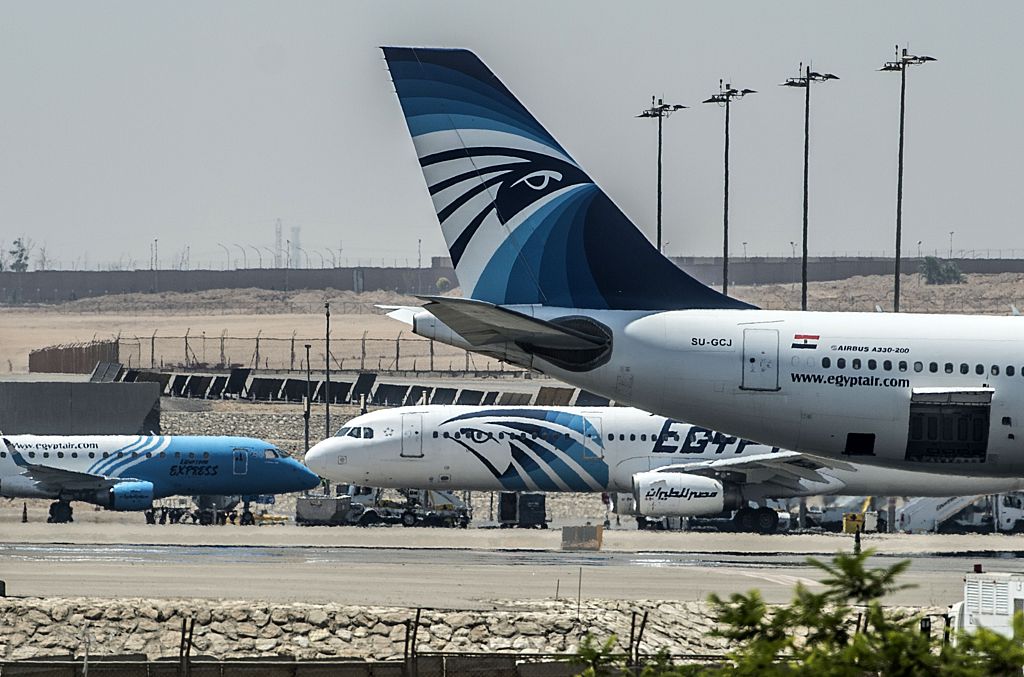
The recent Nepal crash is the nation’s deadliest plane accident in three decades.
The Yeti Airlines flight was carrying 57 Nepalis, five Indians, four Russians, two South Koreans, and one person each from Argentina, Ireland, Australia and France.

It was just 27 minutes long.
Four of the passengers were filming a Facebook Live at the point of the crash.
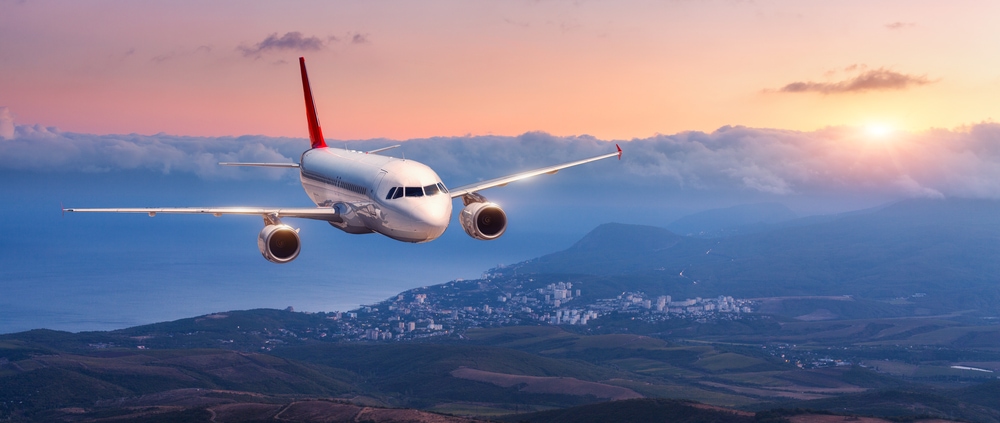
“It’s really fun,” one of the men says to the camera.
Then a loud noise is heard, and the plane appears to veer off to one side.

The screen is then filled with flames and there is silence.
The four men in the video have been identified as 29-year-old Jaiswal, 28-year-old Anil Rajbhar, 23-year-old Vishal Sharma, and Abhishek Singh Kushwaha, 23.

A friend of the men, Vishal Koswal, has spoken to The Guardian.
“Sonu was showing us the mountains around on the call and was clearly excited, so were we,” said Koswal.
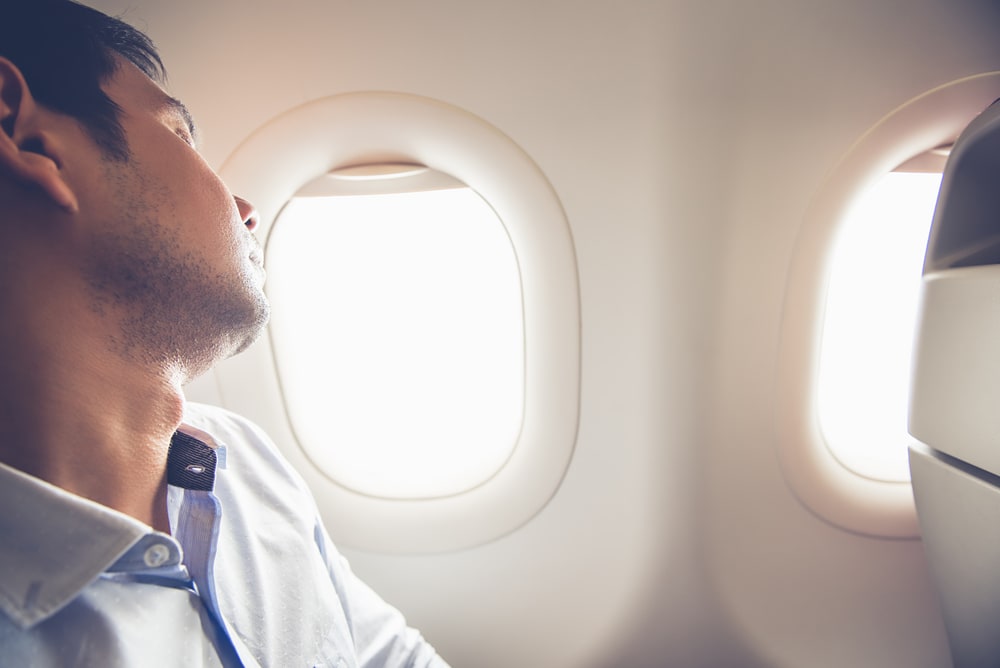
“He told me on that call that after landing in Pokhara, they would visit some temples there and then in the evening take a train back home.”
“This all seems like a nightmare, I still cannot believe we have lost all of them,” he added.

The Nepalese government has declared a day of national mourning.
We won’t be sharing the video out of respect for the victims and their families.

Rest in peace.
